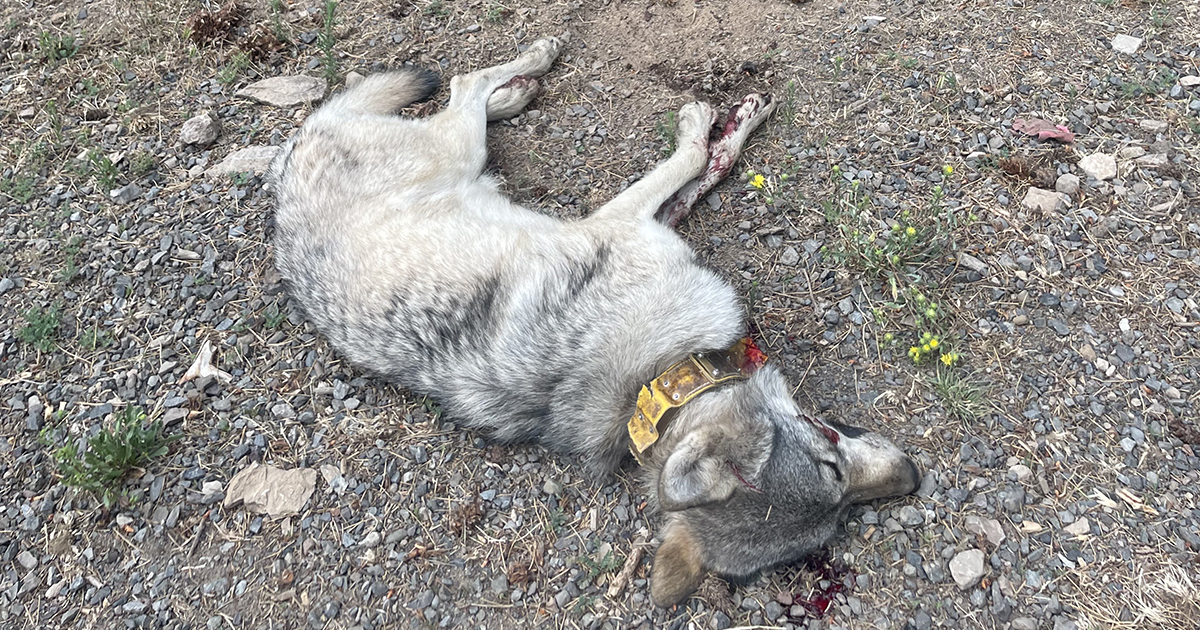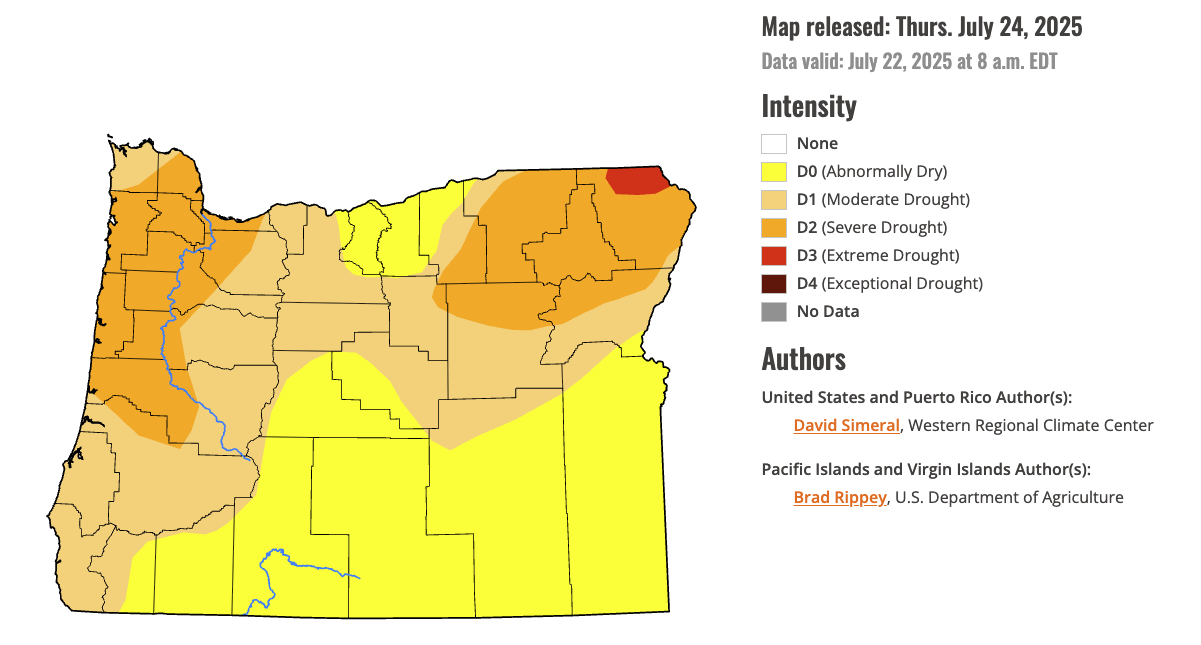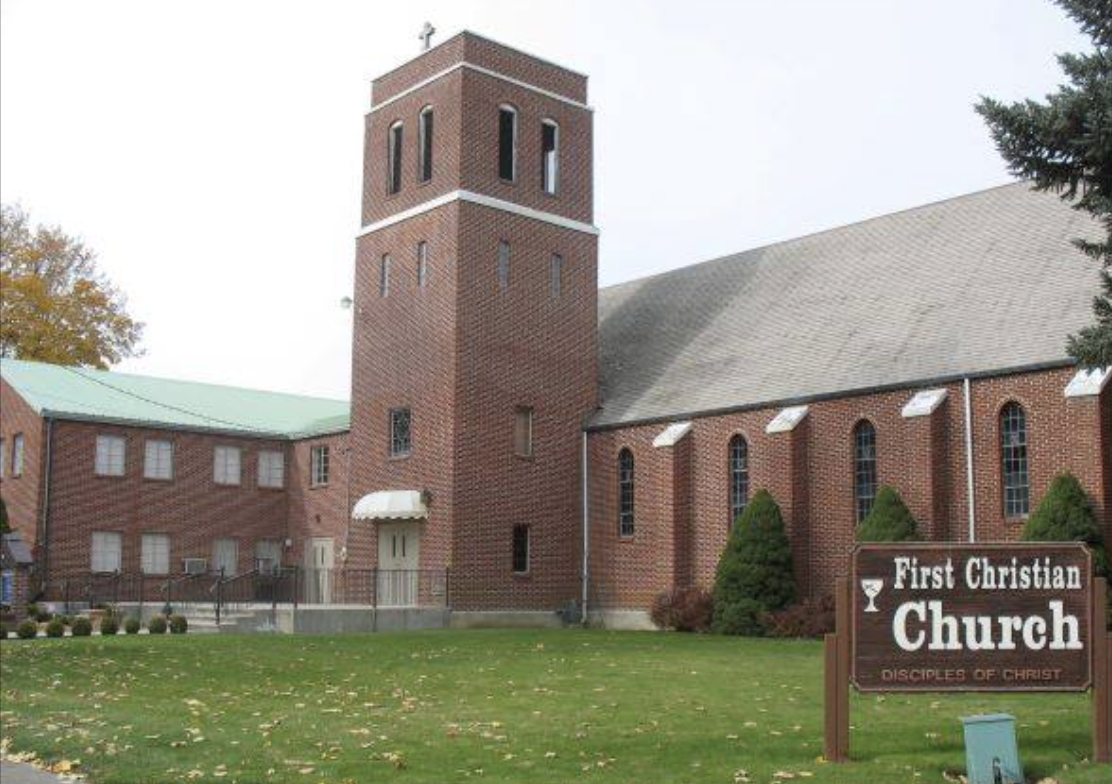On the Trail: What crappie crave
Published 10:38 am Friday, May 10, 2024

- Lewis
I had a friend with a lot of money and a fast boat and I only wish we had met sooner. One day we launched the boat on the Columbia, and before we ran up and down the big river, Harry Ruth nosed his boat toward one of the bridge pilings.
Trending
I cast at the concrete, let the minnow slap against it and held the bail open to let the bait slide right down the piling into the water. I saw the flash and the grab.
Crappie were stacked around the concrete structures on both sides and we hammered them on the white plastics which must have looked like shad fry to them.
I caught my biggest largemouth bass off the bow of Harry Ruth’s boat, and some pretty good smallmouth that day, but I won’t forget that school of crappie.
Trending
I crave those moments when crappie are on the prod. They are voracious feeders, a challenge to understand, eager biters and hard fighters, especially in places like Brownlee and Owyhee reservoirs. The good fishing starts early in the year. Here is a look at the best lures, baits and rigs for crappies now, through the spawn and beyond.
Pre-spawn
A lot of the best crappie lakes were creeks before the dams were built in the 1930s, ‘40s and ‘50s. Try to find an old map and look for the creek beds, road beds (sometimes raised off the valley floor), structures (sometimes whole towns) and timber (old orchards).
Follow the creek beds up to shallow areas and bays and into the fingers of the lake.
Pre-spawn crappie tend to concentrate around rocky points and around the mouths of creeks.
Small crankbaits like the Bandit Lures 200 and 300 series can provoke savage strikes in the warming water.
If the crankbaits don’t provoke, turn back to marabou jigs and minnow imitations. Soft plastics like the Strike King Mr. Crappie Slabalicious can turn on a bite. Marabou jigs in all the crappie colors work this time of the season.
The fish are still schooled up, but are likely to be found in different places than they were early in the season. Small jigging spoons like the Mack’s Lure Cripplure Spoon come into play and even small suspending baits like the Southern Pro Suspending Minnow. Put action in the baits in the warming water.
On to the spawn
Look for crappie to be on the spawning beds when the water temperature hits 56 degrees, with peak spawn at 61. Around here, that usually happens in June.
Water temperature and photo period (length of the daylight hours) are the main determinants in crappie spawning. When the days are long enough and the water is warm enough, crappie will be on the beds.
But watch the weather forecast. Storm fronts that come with cooling rain can drive crappie off the beds till the water warms again. Look for crappie to spawn over a six-week period — June to early July. Mark it on your calendar and take a couple days off work.
When the fish are close to spawn, or even tending their nests, a leadhead jig with an action tail is a good bait to swim through the reeds or lily pads. Another option is to slow-fish a jig under a float up next to brush, docks, bridge pilings or flooded trees.
Typical spawning habitat is in 1½ to 10 feet of water with sparse vegetation, willows, stumps, lily pads, downed timber or other structure in finger bays off the main lake.
Shallow water warms fastest, and when the thermometer reads in the upper 50s, crappie are either on the beds or staged nearby.
Fish the deeper water first and the beds second. A good lure to start with is a leadhead jig with a two- or three-color grub, about 1½ inches long.
This is where local knowledge pays off. In some waters, chartreuse and yellows are the most productive, while blue/black or red/white might work in another place. Think contrasting colors. One combination is going to outfish another. Don’t be afraid to ask at the tackle shop or when bumping into another angler on the water or at the cleaning station. “What colors are working today?”
After the spawn, crappie tend to scatter, with fish moving back to the main lake, seeking out deeper water and bigger structure.
Leadhead jigs, sized 1/16- and 1/8-ounce, pay off after the spawn with tubes to 2 inches long. This is the time of the season where tipping the hook with PowerBait Crappie Nibbles can triple the number of hook-ups. Always experiment. Mix it up. Figure out what they’re craving. And find an old guy with a fast boat.









